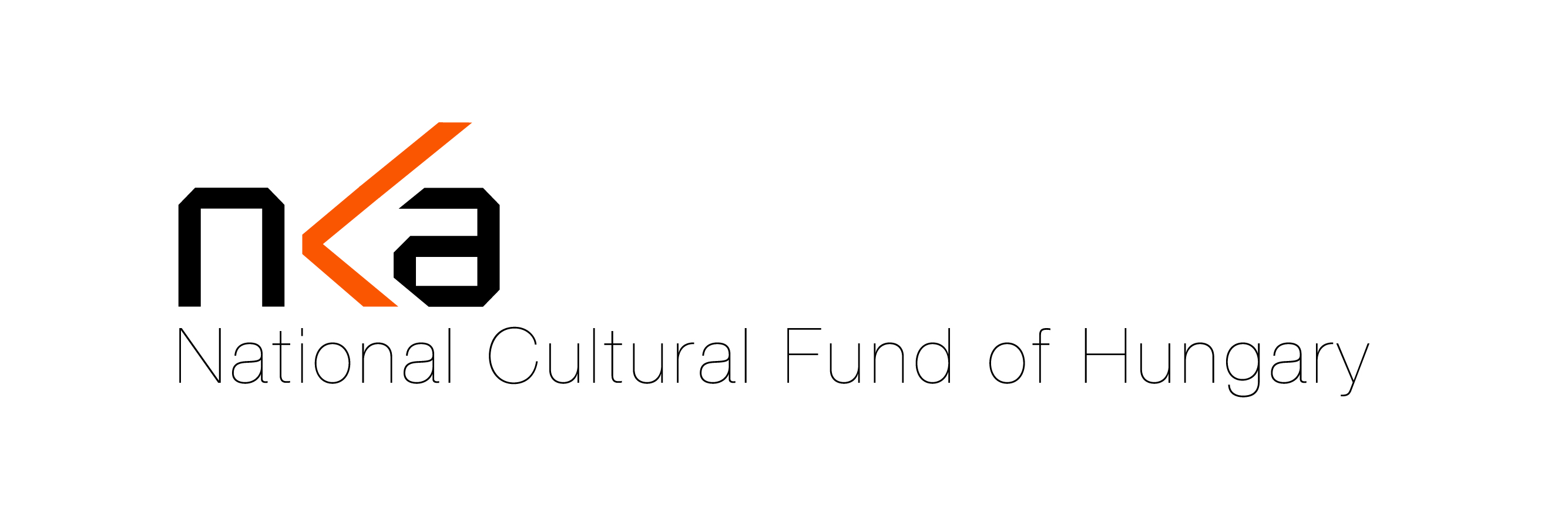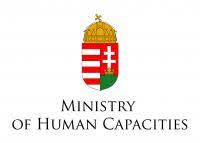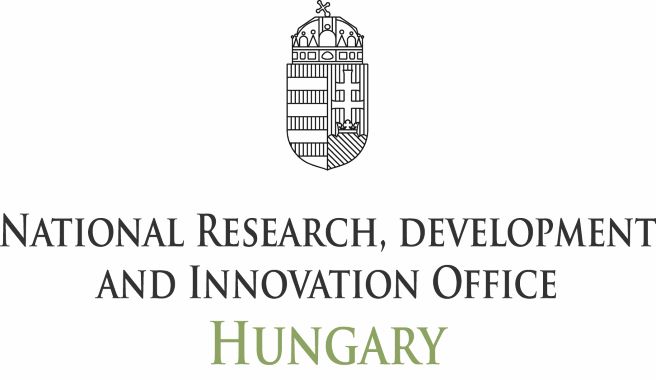Method or principles?
Zoltán Kodály's ideas on music education are usually mentioned under the name Kodály Method. It is more accurate to say Kodály Concept because the composer himself did not work out any complete and detailed methodological process of teaching music. He formulated principles rather than teaching techniques or a step-by-step process or advice for teachers. The adaptation of the principles to the reality was elaborated and developed by his disciples and his followers. The basic principles of the concept were formed, articulated and gradually put into practice after the composer's attention had turned to music pedagogy, especially in the frame of general schooling around 1925.
An educational philosophy
Kodály's ideas on reform are rooted in the problems and opportunities of the historical, social and cultural circumstances of Hungary of that time. Several of his ideas are connected with other theories or methods of music-education. However, Kodály's music educational philosophy can be recognised as his own. It is rooted in Hungarian soil, nevertheless the Kodály Concept can be adapted to other musical-cultural situations.
Music is part of universal human knowledge
While standing up for the rightful place of music education in the school curriculum, Kodály also fought for the appreciation of music among the arts in society. "There is no sound spiritual life without music." "Music is an indispensable part of universal human knowledge." This is why he formulated a slogan: "Let music belong to everyone!" Then "it is only natural that music has to be made part of the school curriculum."
When to start?
Once when Kodály was asked about the right time to start music education, he answered: "Nine months before the birth of the child," moreover "nine months before the birth of the mother." Within the school-system "music teaching should be started in the kindergarten, so that the child can grasp the fundamentals of music at an early age" since the development of musical hearing can only be successful if started early before the age of six in a playful way.
Not a torture but a joy
The first task for the teacher is to "teach music and singing in school in such a way that is not a torture but a joy for the pupil; instill a thirst for finer music in him, a thirst which will last for lifetime."
Train good teachers first
According to Kodály's concept "teaching in schools will improve if we first train good teachers who develop the student's ear and give a general musical knowledge." For this reason "we also need good music which is available for children and for beginners in ear training". But this "technical" demand is only one important aspect.
Active understanding through singing
In the century of audiovisual technology it has been quite obvious that Kodály emphasized that "only activity can lead someone to a real understanding and appreciation of music. Simply listening to music is not enough." Several times he emphasized that "if one were to attempt to express the essence of this education in one word, it could only be - singing." He explained his opinion with two arguments: First, the human voice is the only "instrument" which is available for everyone. Second, "our age of mechanization leads along a road ending with man himself as a machine; only the spirit of singing can save us from this fate."
Valuable art for children: folksongs as starting point
As Kodály pointed out, "music is intellectual food that cannot be replaced by anything else", therefore it is essential that "only art of intrinsic value is suitable for children!" Where can we find good material which represents the "art of intrinsic value" and, at the same time, is suitable for musical activity based on vocalism? Kodály's answer to this question is that "each nation has a great many songs which are especially suitable for teaching. If we select them well, folk songs will become the most appropriate material thought which we can present and make conscious new musical elements."
Open the soul to all peoples
These thoughts make Kodály's ideas open towards more points: "If we want to understand other nations, we first must understand ourselves. There is no better means for this than folk music. Getting acquainted with the folk songs of other countries is the best way to get acquainted with other peoples. [...] on this foundation can be built a musical culture which is national but which also opens the soul to the great works of all peoples."
Musical literacy
All these factors are not enough to build an up-to-date musical culture: "The way to the understanding of music is available to all: it is musical reading and writing." Through musical literacy "everyone may join in great musical experiences." Of course, all the musical elements should be introduced and practiced. He suggested practicing rhythm "much earlier and much more thoroughly than is customary today."
Relative solmization - fluent sight-reading
Help should be given to the students to establish a conscious ability of musical reading and writing: "with solmization [...] one reaches fluent sight-reading faster. This is, naturally, true for relative solmization only, since here, by singing the name of the tone, we have already defined its function in the tonality."
Part singing: hear and appreciate music
Musical abilities and skills should also be developed by "part singing, which develops the capacity to hear and appreciate music and opens up the masterpieces of world literature even to those who do not play any instrument at all." This is why Kodály composed hundreds of two-part and dozens of three-part singing exercises for all levels of music education.
Creativity
Today, creativity is known as an important factor of pedagogy. Zoltán Kodály, as early as in 1929, wrote in one of his articles: "all healthy children would improvise if they were allowed to" [...], but "they cannot be left to their own resources in forming their concept of music". He also did not forget another field very close to music.
Dance
According to him, "folk dances must be given a place in physical education in the schools." Of course to preserve the complexity of folk tradition does not mean to go "backwards towards an archaic state but forwards from civilization towards culture."
Vocal music first, then instrumental
His pedagogical concept determined a link between the vocal basis and instrumental teaching as well: "He who was taught vocal music first and then instrumental playing, will be more ready to grasp the melos of any kind of music [...] Through singing the student acquires a reading ability which makes it easier for him to get close to the work of great spirits."
Constant practice required
To carry out all these tasks and the whole complexity of the aims of music teaching in the school, a certain number of music lessons should be given in the frame of general education as well. Kodály himself always fought for a minimum of two singing lessons a week both in elementary and high school. But "in the case of a subject requiring constant practice", short everyday meetings with the teacher "would be worth more than two hours a week."
The good musician's features
Kodály's music educational concept is known as a system for general schooling. It is true because he wanted to give real musical culture to everybody and also to educate a demanding audience as large as possible. But we cannot forget that, as a professor of the Academy of Music, he also did a lot for the training of would-be professionals and paid attention to highly gifted music students. In one of his speeches at the Academy of Music in Budapest (1953), he described a many-sided demand for professionals: "The characteristics of a good musician can be summarized as follows:
A well-trained ear,
A well-trained intelligence,
A well-trained heart,
A well-trained hand.
All four must develop together, in constant equilibrium. As soon as one lags behind or rushes ahead, there is something wrong [...] Sol-fa and the science of form and harmony together teach the first two points. To complete this teaching, a musical experience as varied as possible is indispensable; without playing chamber music and singing in choirs, nobody can become a good musician."
Source: the website of the Kodály Institute http://kodaly.hu/kodaly_en_kodaly/kodaly-concept-107384




